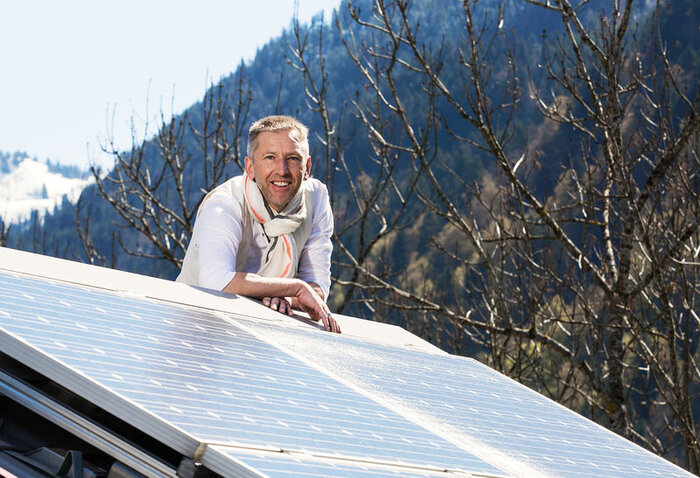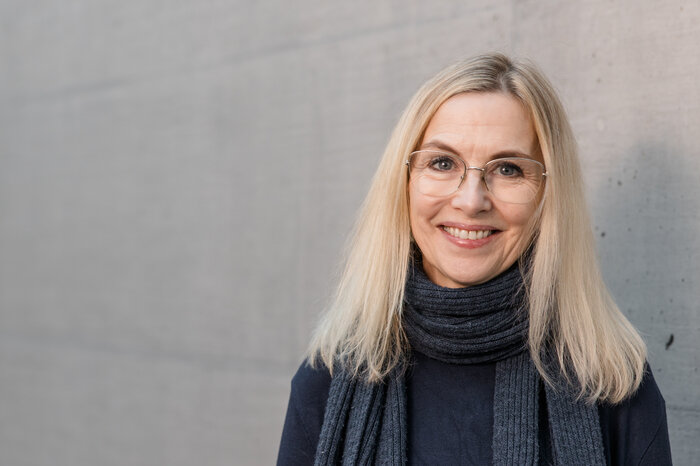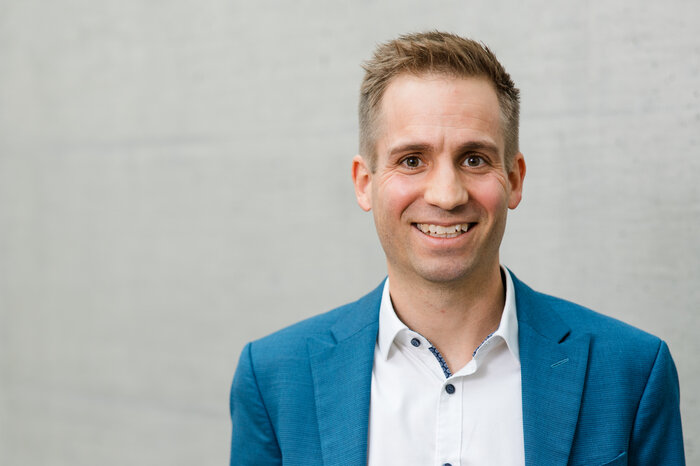Scenario Study Energy Autonomy
The state of Vorarlberg is responsible for an ambitious goal with the Energy Autonomy Vorarlberg 2050. Until 2050 the energy supply of the country Vorarlberg is to be covered yearly completely from renewable energy systems. In order to prepare the next decade from 2020-2030, not only the process was evaluated but also a scenario analysis was commissioned. More than 1.5 years the team of the research centre Energy around Prof. (FH) Dr-Ing. Markus Preißinger together with the energy institute Vorarlberg was busy to provide this scenario view 2030 for the energy system Vorarlberg.

Project Results
After 10 years of Energy Autonomy Vorarlberg, the absolute figures in terms of final energy consumption look sobering: this increased by 2.7% from 2005 to 2018. However, this moderate increase was achieved despite strong population growth, dynamic economic development and an increase in cars.
In addition, some optimism is justified for the coming years according to illwerke vkw foundation professor Markus Preißinger, because "we have managed to decouple final energy consumption from CO2 emissions to a certain extent." This was possible because the expansion of renewable energies, and in particular the expansion of hydropower, photovoltaics and biomass, has been pushed strongly in recent years. In addition, the use of oil has been reduced by well over half.
Consequently, CO2 emissions were reduced by 5.5% in the comparison period (see graph). In order to achieve Vorarlberg's ambitious goals (-40% CO2 emissions in 2030 compared to 2005), the experts considered various scenarios. It turns out that this goal is possible precisely because Vorarlberg already embarked on the path to energy autonomy 10 years ago. The task now is to translate the scenarios into concrete measures.
Markus Preißinger summarizes it thus: "The energy autonomy Vorarlberg needs beside the well-known four columns a fifth column, i.e. the cross section column courage. We must be courageous to continue on the chosen path, which was the right one.
Especially in the current time we should not allow ourselves a break. We must also be courageous to readjust: to continue doing the good things and to readjust the things where we still need to catch up. And we must also be courageous in defining appropriate measures now; and courageous measures, in fact, as we go forward over the next 10 years. Because I believe that is consensus in the state of Vorarlberg, in politics, in Business and Management and in science, that together we will continue on this path successfully in the next 10 years."
The project has shown us how important scenario calculations are in energy system analysis. We want to bring this expertise to bear in future projects with our partners as well. - Markus Preißinger, Project Manager

Publications
| M. Preißinger, P. Kepplinger, G. Huber, M. Ploß, T. Hatt, T. Rosskopf, M. Braun, Energieautonmie Vorarlberg 2050 - Gesamtszenarien für 2030 - Fokus Strom, Final Report, available online at: Final Report Scenarios-Consideration 2030 |

